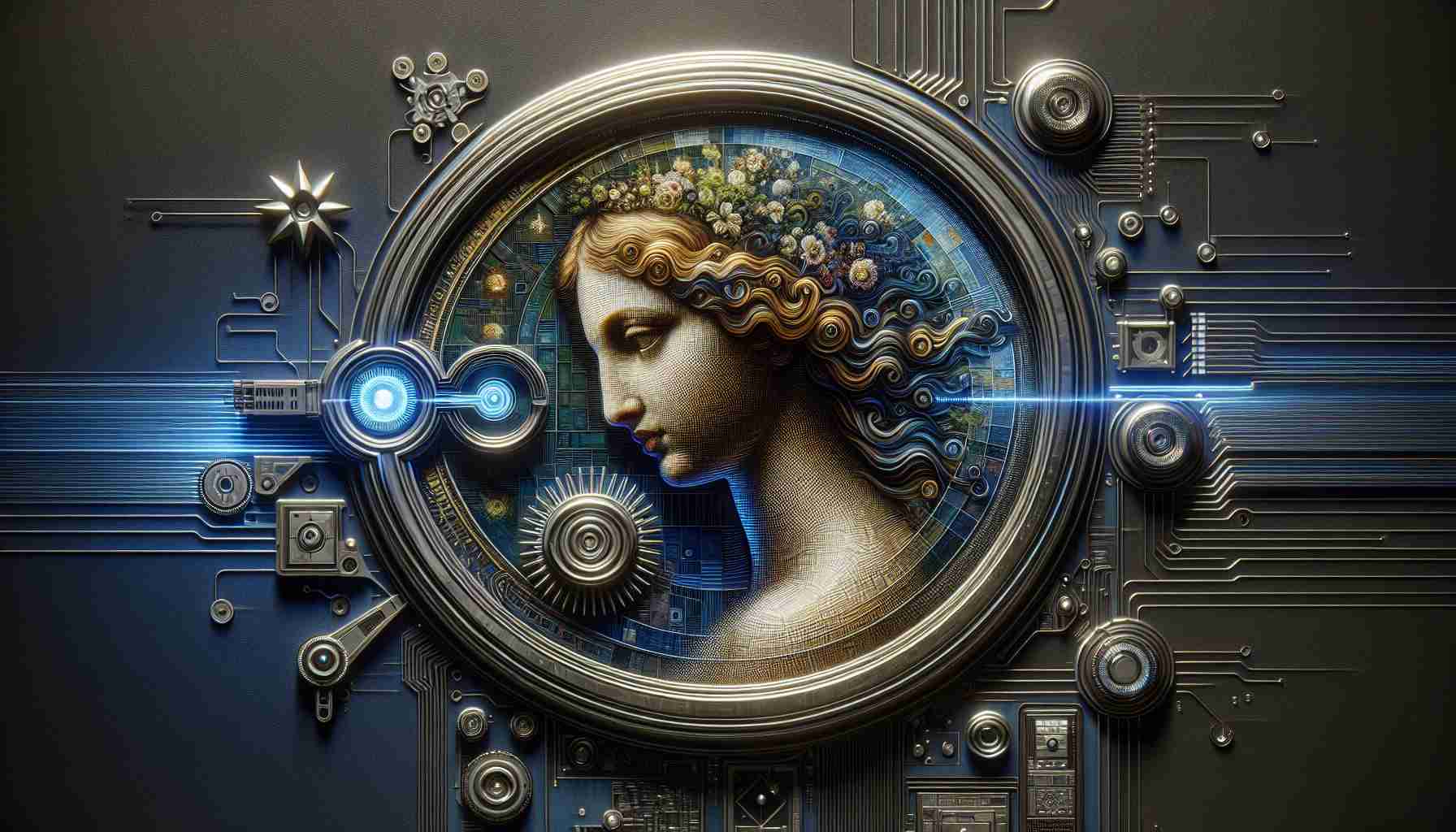As the use of generative AI grows, more artists are worried about unauthorized usage of their creations. Concerns have intensified as companies, like Coca-Cola, use AI to create content, sidelining human creativity. Artists and writers have challenged AI companies legally, claiming their work is being used without permission. However, achieving a legal resolution might take years. Meanwhile, there are practical steps you can take to protect your art from unwelcome AI attention.
Masking Your Art: One effective strategy is to obscure your artistic style. Tools like Mist, Anti-DreamBooth, and Glaze modify image pixels imperceptibly, safeguarding your work from AI. While Mist and Anti-DreamBooth require technical know-how, Glaze is user-friendly and widely popular, downloaded millions of times.
Strategic Sharing: Consider where and how you display your work. Traditional sites like DeviantArt and Flickr are prime targets for AI datasets. Instead, explore platforms like Cara, which respect artists’ rights and integrate protective features. Moreover, setting social media accounts to private limits data exposure.
Opting Out: If you reside in regions with robust data protection laws, such as the UK or EU, you can request exclusion from AI training databases. Platforms like Have I Been Trained allow artists to verify if their images are used in AI datasets and opt-out by joining the Do Not Train Registry.
Adding “Poison”: The creators of Glaze have also developed Nightshade, which distorts AI models when they process “poisoned” images. This innovative tool can trick AI into misinterpreting images, offering another layer of protection.
Explore these cutting-edge methods to keep your creativity secure in the evolving landscape of generative AI.
Unlocking The Future: How AI and Art Evolve Together
**The Fusion of Technology and Creativity: What Lies Ahead**
Generative AI is rapidly transforming the way we create and consume art. This technological revolution raises fascinating questions about the intersection of artificial intelligence and human creativity. How do these developments shape the future for artists, technology companies, and policymakers?
As AI becomes more sophisticated, its ability to replicate artistic styles and produce content poses significant challenges and opportunities. While artists express concern over unauthorized use of their creations, there are hidden gems of potential within this evolving landscape.
**The Innovation of AI in the Arts: Advantages**
One of the most profound impacts of AI in the arts is the democratization of creativity. AI tools can empower novice artists and creators to achieve professional-quality results, providing access to the tools previously reserved for professionals. This opens up enormous potential to diversify artistic expression globally, breaking cultural and economic barriers that have long limited creative voices.
Another advantage is the ability to explore new creative dimensions. Artists can experiment with AI to generate fresh ideas, transcending traditional artistic boundaries. AI-driven platforms can analyze vast databases of styles and techniques, inspiring artists to innovate in unprecedented ways.
**Controversies and Ethical Quagmires**
Despite these benefits, AI’s integration into the arts fuels significant ethical controversies. Artists are concerned about attribution and the safeguarding of their intellectual property. This creates a tension between technological advancement and protecting individual rights. Legal frameworks struggle to keep pace with the rapid technological change, leaving ambiguities regarding ownership and usage rights.
Moreover, AI’s reliance on large datasets, including those scraped from the internet without consent, highlights issues of privacy violation. This practice has sparked legal battles and calls for more robust regulation and transparency.
**Critical Questions for the Future**
Can AI coexist with human creativity, or will it inadvertently stifle originality by saturating the market with automated creations? What do these technological shifts mean for the education and skill development of future artists?
The dialogue between AI and the artistic community reflects broader societal questions about technology’s role in human life. How can we balance embracing innovation with preserving cultural and intellectual heritage?
**Emerging Solutions and Considerations**
While tools like Glaze and platforms offering opt-out options provide some reassurance, the need for comprehensive solutions persists. A collaborative approach involving artists, technologists, and policymakers could pave the way for balanced innovation, ensuring AI acts as a complement rather than a competitor to human creativity.
**Potential New Horizons**
The ongoing evolution of AI and art prompts us to consider: what new forms of creative expression might emerge? Could AI become a new genre of art itself, artistically contributing alongside humans rather than simply echoing them?
As we navigate these questions, the partnership between humanity and technology presents immense possibilities. The future of art is not just about preservation but exploration and evolution.
For more insights into the impact and development of generative AI, explore ArtStation and DeviantArt.
